DESTINY / THE WEARY DEATH. A pinnacle of German expressionism
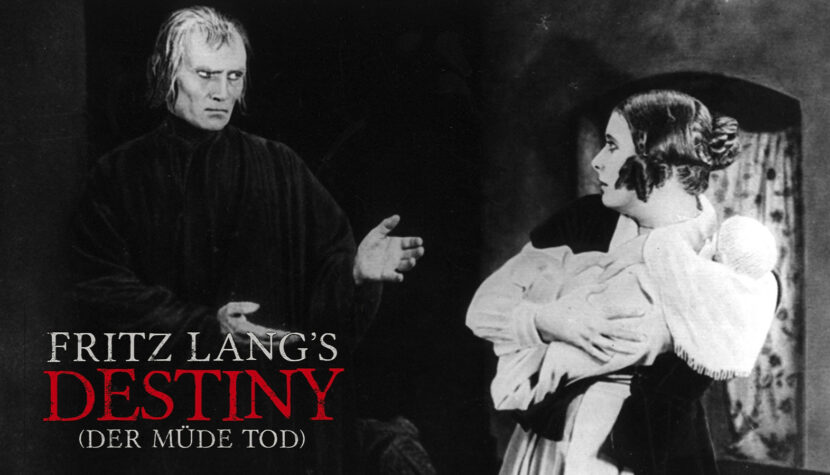
One of the most fascinating phenomena in the history of cinema is German expressionism. When discussing the history of cinematography, one cannot forget the enormous influence this movement had on directors and all technical aspects related to cinema.
Widely known and appreciated American or European films owe much to German expressionists. Yet the mass audience may only be familiar with the great achievements of the movement through hearsay and film scholarly books. They are no longer eagerly watched because the masterpieces of the genre were created in the era of silent cinema, and productions from that period are now only of interest to a handful of enthusiasts. I decided to pay homage to the old times of cinema, when visual form and storytelling technique were experimented with. Nowadays, these productions may seem naive and unconvincing, but they still impress as an endless source of inspiration. Destiny.

Raised in a family of practicing Catholics, Fritz Lang, seeking inspiration, delved into his dreams, fantasies, but also biblical reflections on love, life, and death. However, when preparing the screenplay for Destiny (1921), along with Thea von Harbou, his future wife, he drew heavily from Hinduism. The religion, mainly practiced on the Indian subcontinent, provided him with a fascinating story about Savitri and Satyavan, a pair of lovers who, through mutual love and devotion, overcome the “god of death” (known as Yama in Hinduism). Over 30 films based on this legend were made in India, but the world came to know this mythical tale through Fritz Lang’s film. Already in 1922, the work reached the USA thanks to Douglas Fairbanks, who – as a producer and star – utilized some ideas (such as the flying carpet) in The Thief of Bagdad (1924, dir. Raoul Walsh).
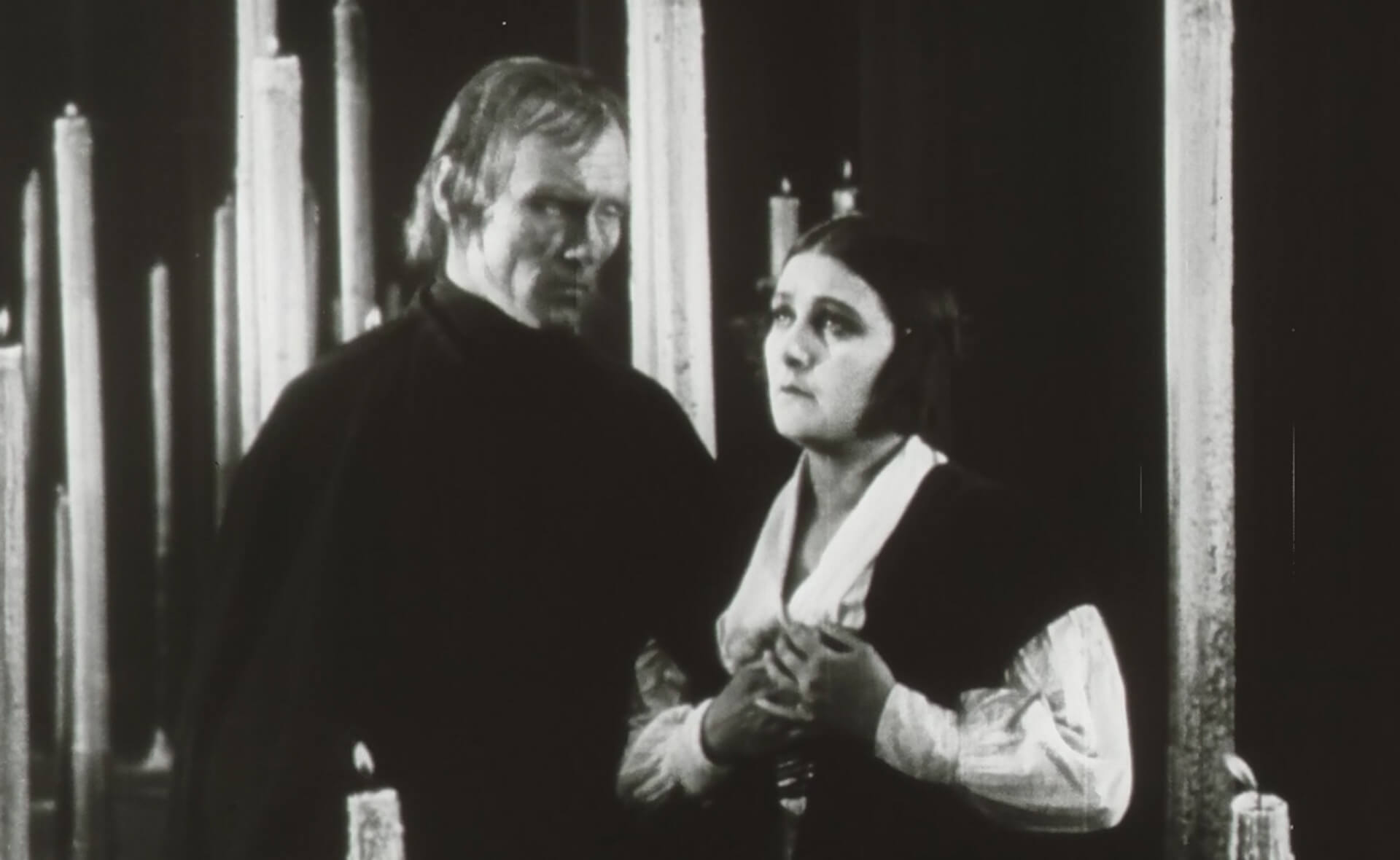
A mysterious man with the face of a weary traveler (Bernhard Goetzke) stops a carriage on the road, in which a woman (Lil Dagover) travels with her beloved (Walter Janssen). In the hearts and souls of the young people, there is a joyful, sunny atmosphere, but one of them still doesn’t know that they are in the stage of “autumn of life.” The encountered traveler is the Dark Reaper – he executes the orders of God himself, eliminating from the world those whose time has ended. Tired of his calling, the man visits local dignitaries to purchase posthumous land. He erects a mighty wall with no entrance gate, which only fuels the newcomer’s fascination. When the girl, after her fiancé’s disappearance, stands by the wall, her eyes behold a terrifying procession of souls – people, including those she knew, walk like programmed machines toward their destiny. The woman cannot reconcile with the loss, so she tries to reverse the events, playing with a mighty “divine” force.
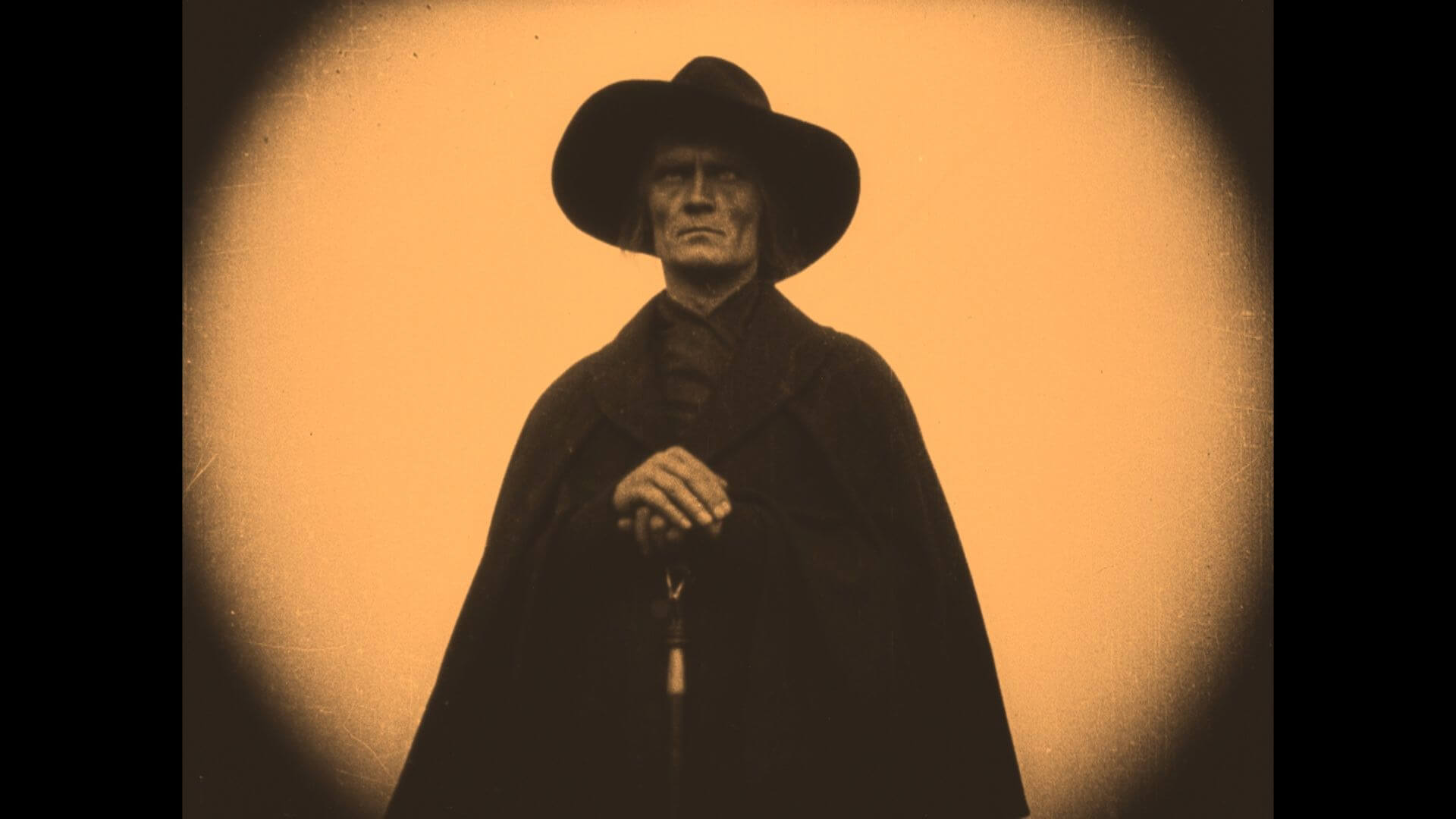
Is love truly stronger than death? So say the Bible and many other moralizing sources. But Fritz Lang says it’s just pure fantasy, and cinema is built on fantasies. Death is a fascinating phenomenon, just like life. People try to hold onto it tightly, even when it’s oppressive. They won’t give up a day, an hour, or a breath to anyone else. Because everyone should live their own life, accepting its end as well. So it’s worth getting used to the idea of death, because it will soon knock on our doors, and we won’t be able to hide from it.
Lang’s discussed production has a compartmentalized structure, possibly borrowed from David W. Griffith’s Intolerance (1916). In that film, contemporary history intertwined with events from ancient epochs – from ancient Babylon, Judea in the time of Christ, to the religious war in 16th-century France. In Destiny, the director also presented several stories in one, with a common theme not intolerance, but love and death, more specifically – the inevitability of death, even in the face of such a strong feeling as love. Three separate novellas placed within the main storyline were presented as “stories of three lights” (because the candlelight symbolizes human life). The action of the first story takes place during Ramadan in one of the Muslim countries in the Middle East. The second transports the viewer to the time of the Carnival in Venice. The third is an elaborate fantasy about imperial China.
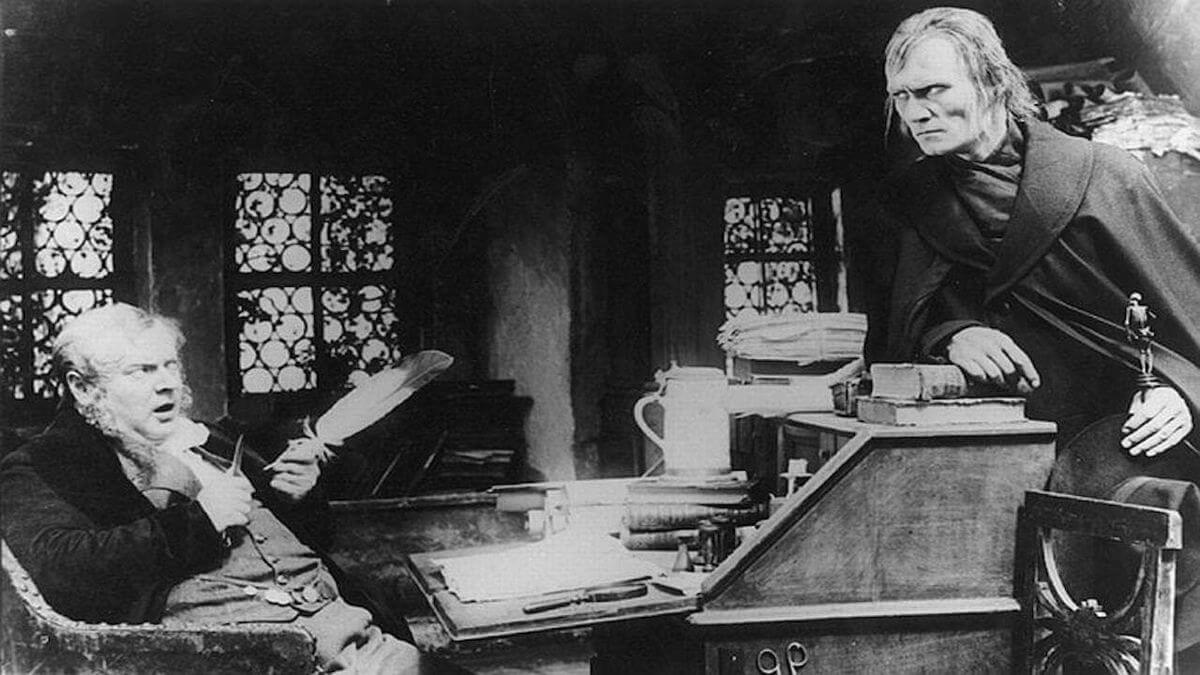
The storytelling style is geared towards romantic fairy tales, and in such a genre, it fulfills its task excellently. Here, one can see the imaginative and coherent vision of the director, capable of presenting a dark plot through appropriate imagery and atmosphere. Fritz Lang studied architecture and painting, but he also had a professional technical team at his disposal, without which cinematic expressionism would not have been so expressive. Among the cinematographers was the master of moody lighting, Fritz Arno Wagner, famous the following year for his work on Nosferatu – A Symphony of Horror (1922, dir. F.W. Murnau). The set design was handled by three leading German artists: Hermann Warm (Arabian and Venetian novella), Robert Herlth (Chinese tale), and Walter Röhrig (the “German” story, framing the entire fairy tale).
The trick photography was a sensation, especially those present in the magical Chinese story – they were the ones that first captivated Americans, who wanted to replicate or even surpass them in terms of ingenuity (an example is the aforementioned The Thief of Bagdad). But the atmosphere and aura surrounding Death in human form also attracted attention – a distant echo of this fascination is the portrayal of Death by Ingmar Bergman in The Seventh Seal (1957). The characters in Lang’s film are presented evocatively, led by the Grim Reaper portrayed by Bernhard Goetzke (the actor also appeared in an early, lost film by Alfred Hitchcock, The Mountain Eagle from 1926). The lead actress, Lil Dagover, also had in her repertoire a Polish-German co-production, Augustus the Strong (1936, dir. Paul Wegener), where she played the role of a Polish king’s mistress, Aurora von Königsmarck.
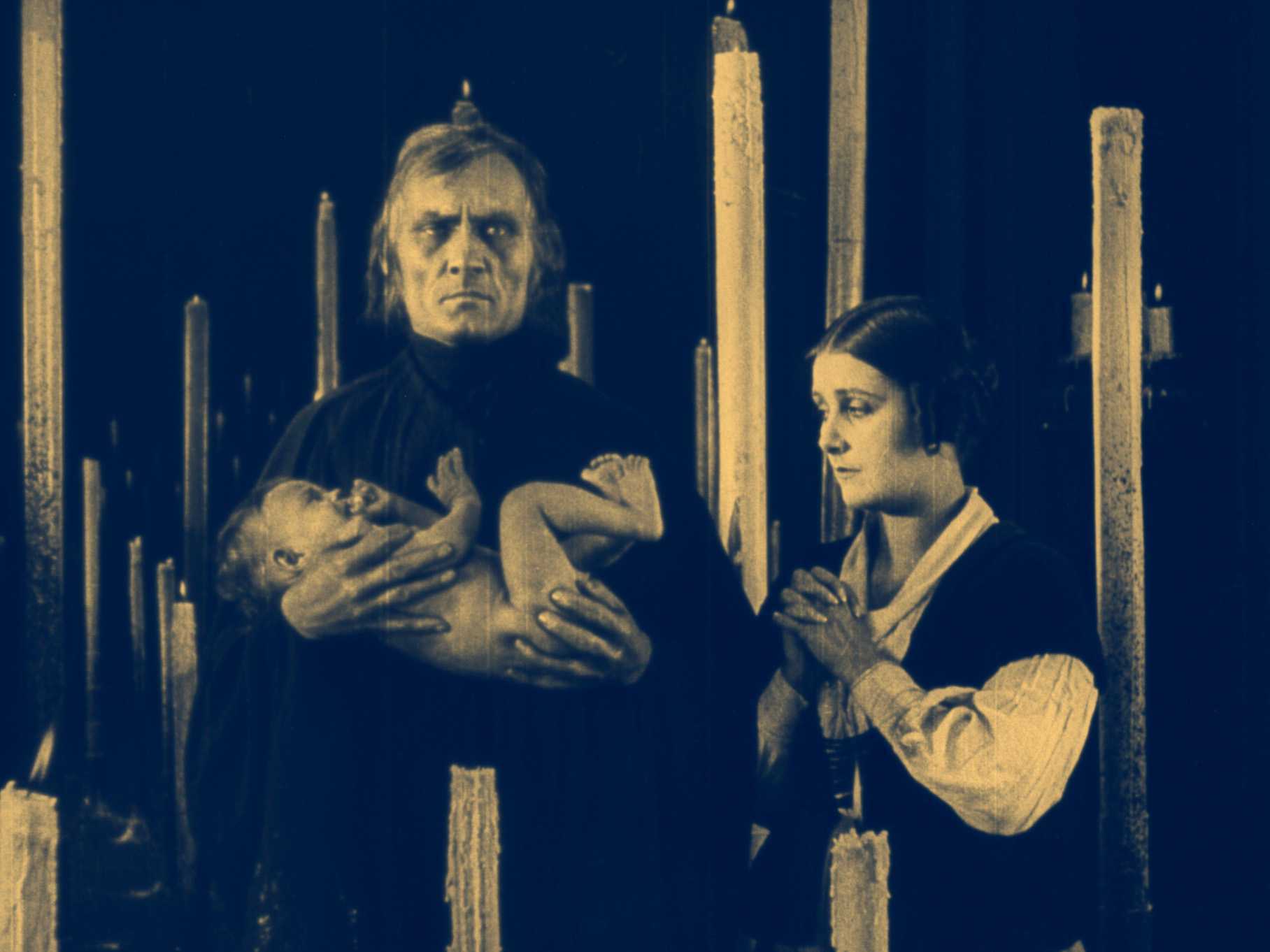
The film initially did not receive favor from domestic critics due to its exoticism – it did not look like a German film after all. But Fritz Lang, who abandoned school in favor of traveling the world, always showed fascination with the exotic and the mystery of the East and never abandoned these interests (evidence of this is the adaptations of The Indian Tomb and The Tiger of Eschnapur – respectively from 1921 and 1959). Destiny was first appreciated in France, where it was shown under the title Les trois lumières (The Three Lights), and then the film reached the UK as Destiny (1924). The American edition was titled Between Worlds (1924), and four years later, the film was reissued as Beyond the Wall. Lang’s further career somewhat overshadowed this early achievement of the director, especially since he never made a similar film again.
And although I feel that other works by this creator – namely Dr. Mabuse (1922), Metropolis (1927), and M – The Murderer (1931) -are held in higher esteem and are more frequently and thoroughly discussed by film scholars, Destiny undoubtedly deserves the title of a pinnacle achievement of German expressionism. It is also the proper beginning of the fruitful career of one of the greatest filmmakers, who skillfully managed not only in German-speaking cinematography but also in Hollywood later on. The discussed hundred-year-old product is an excellent showcase of people with unlimited imagination and virtuosic craftsmanship, but also an example of the technical possibilities of the time, coming from a country not associated with spectacular cinema. Genres such as horror and science fiction owe much to German “outdated products” like this one.

